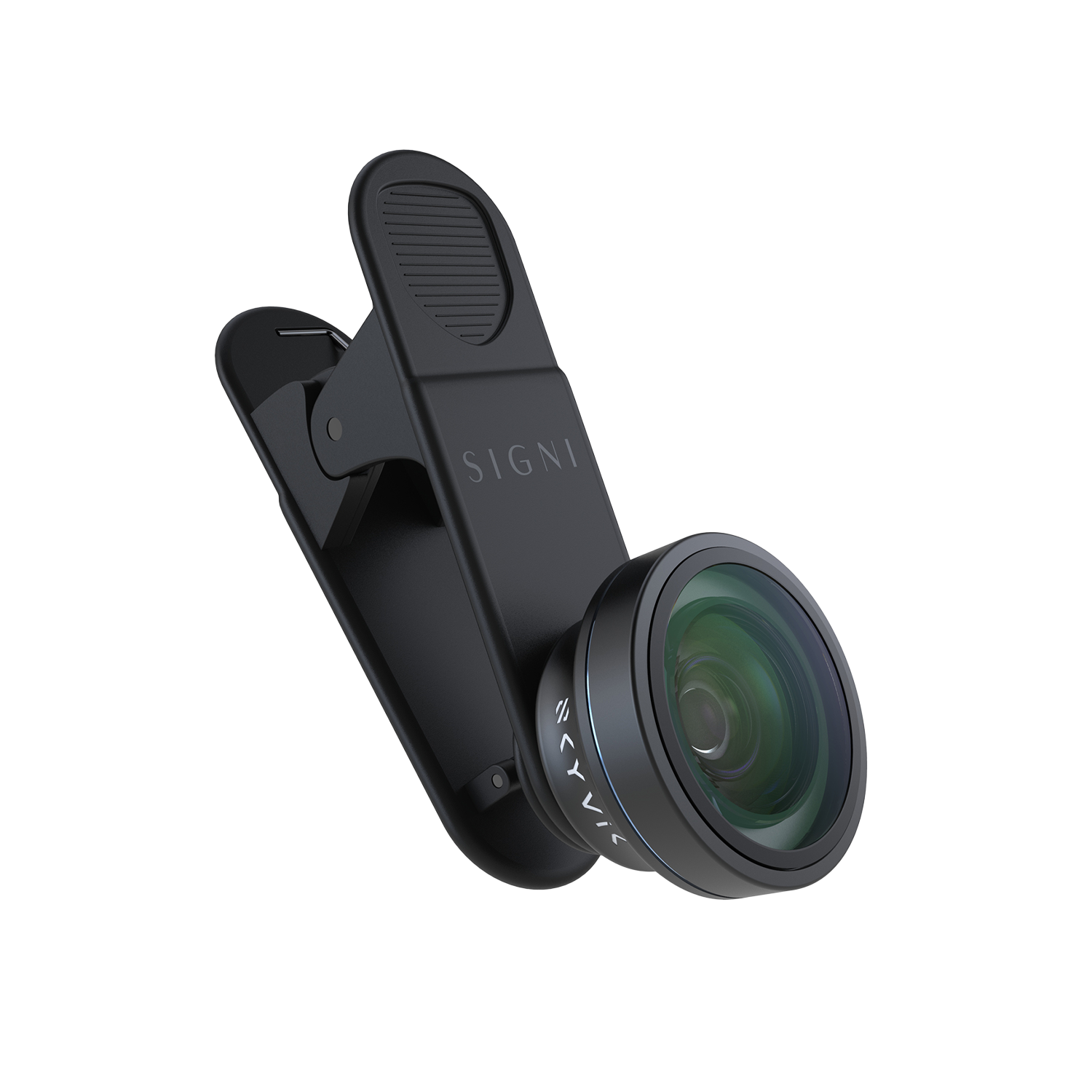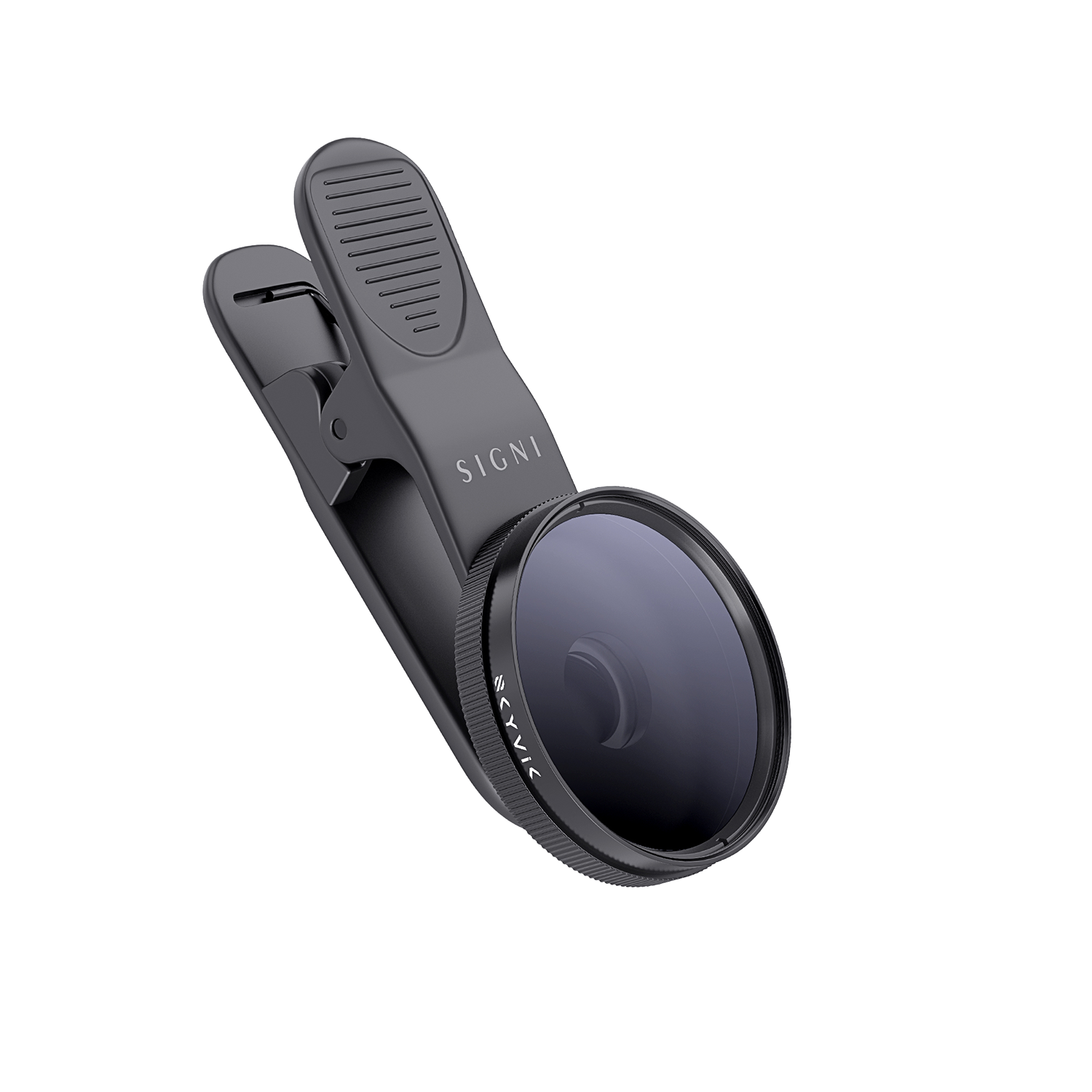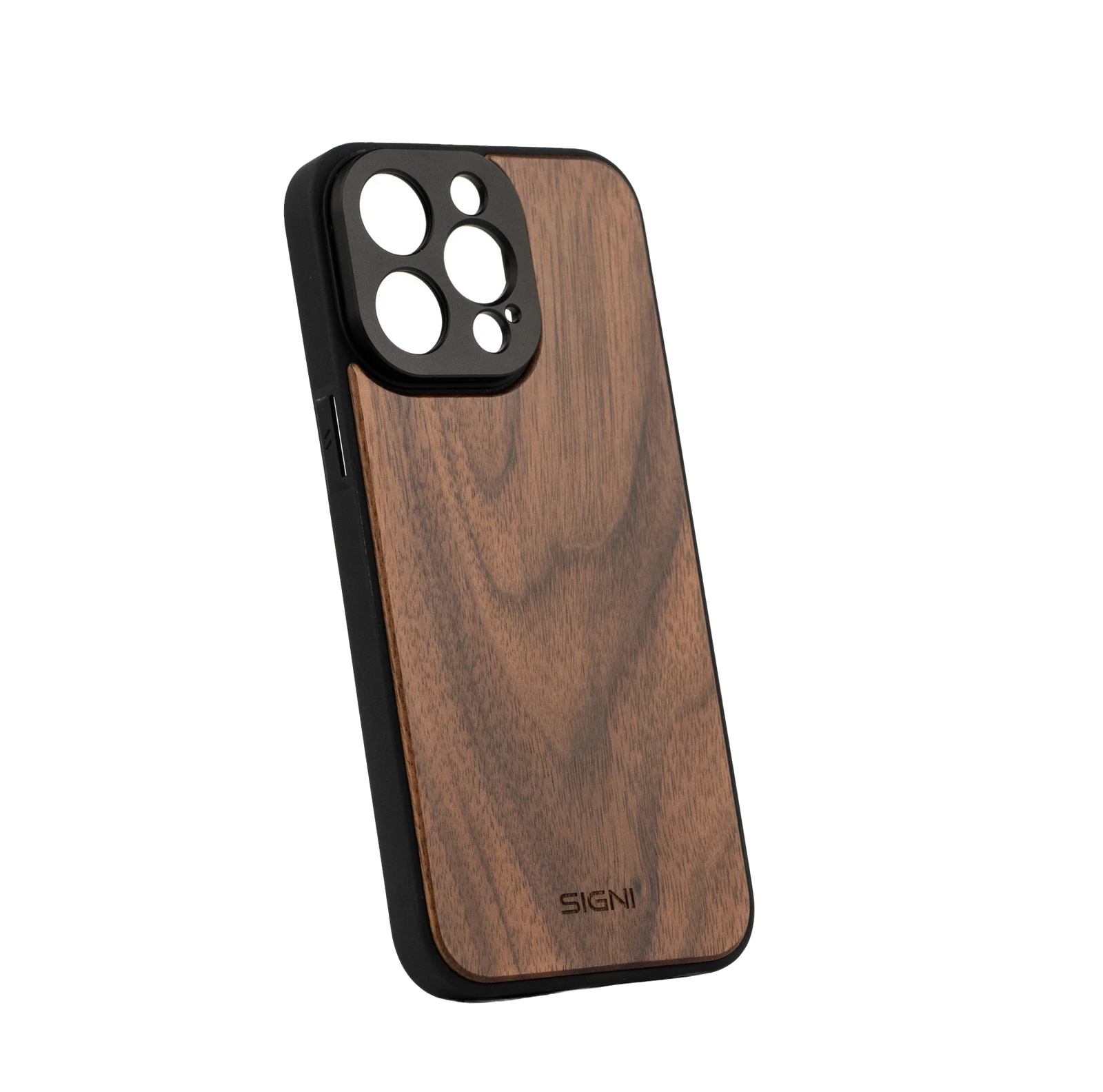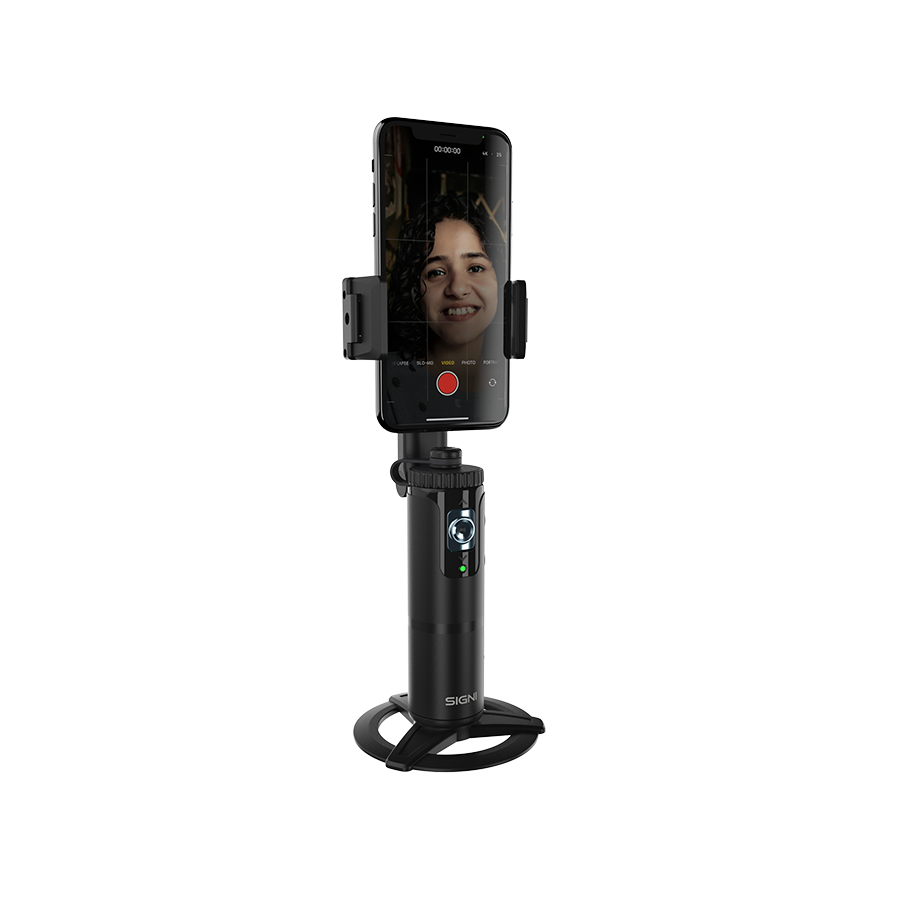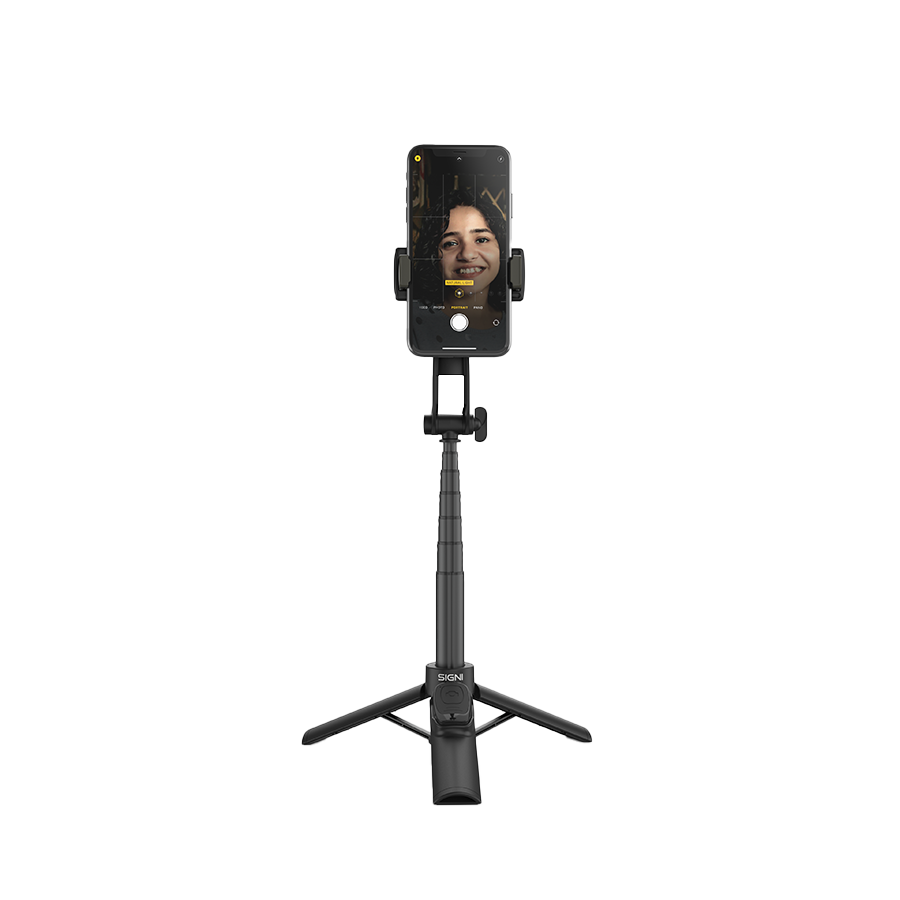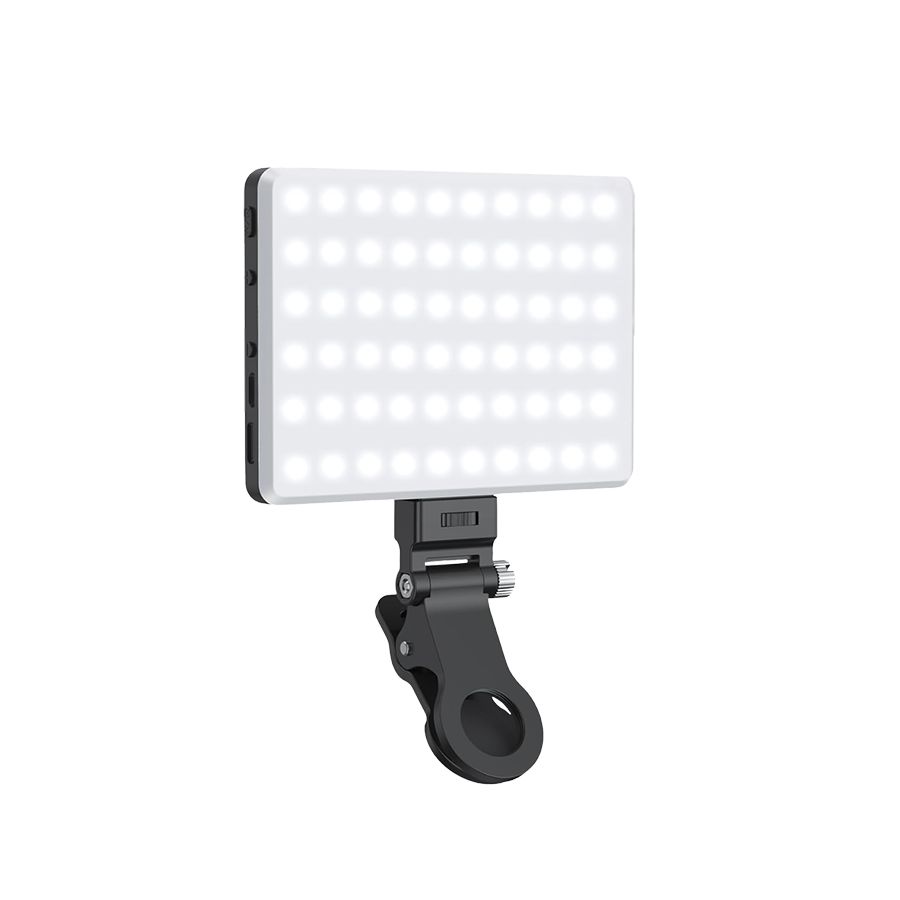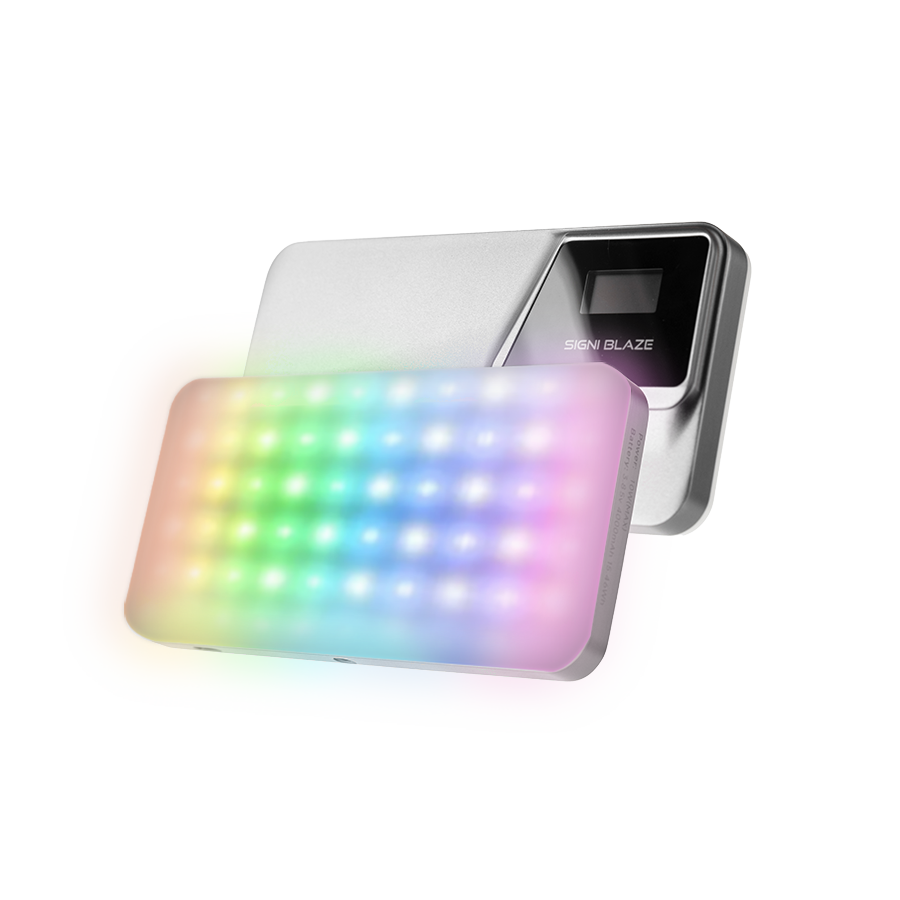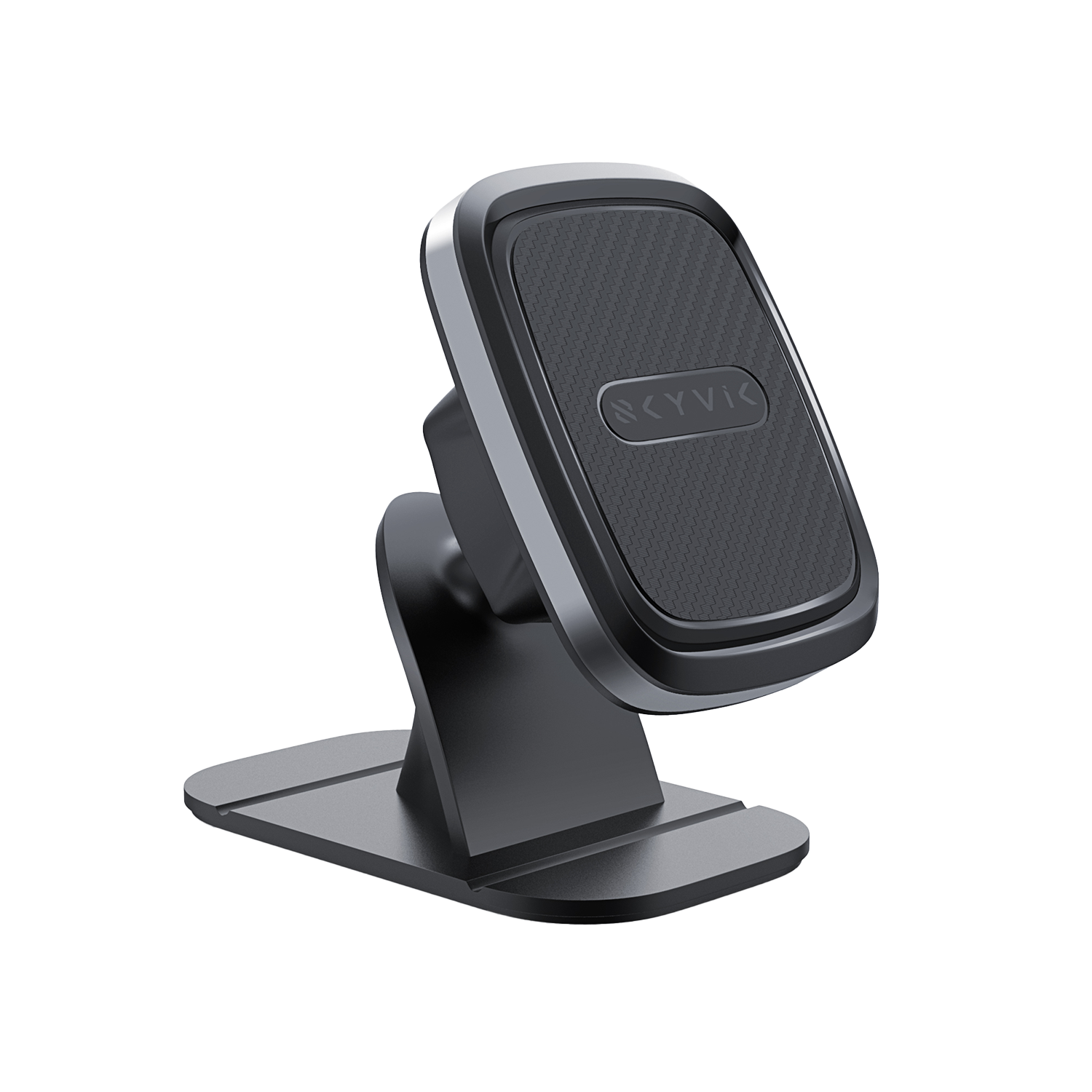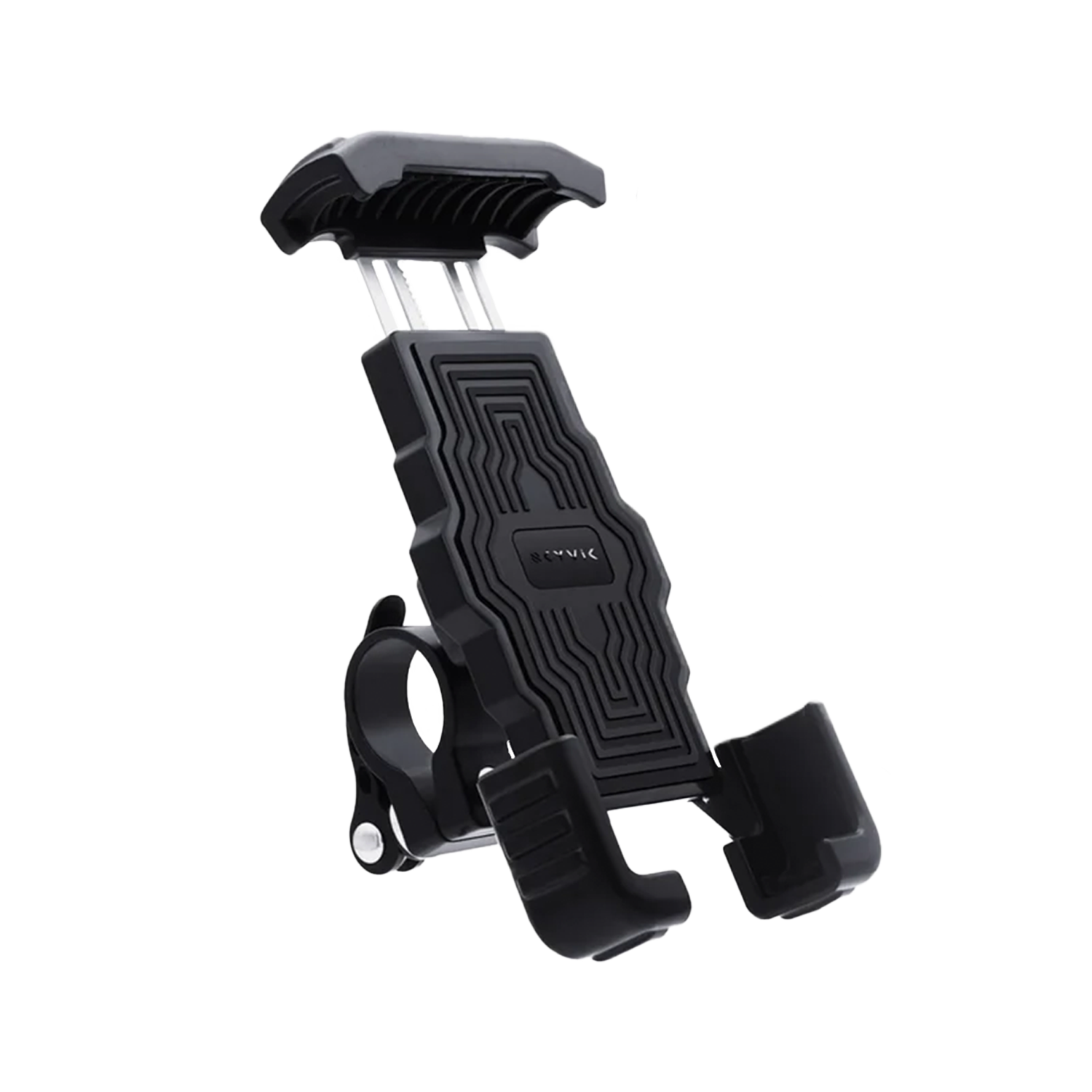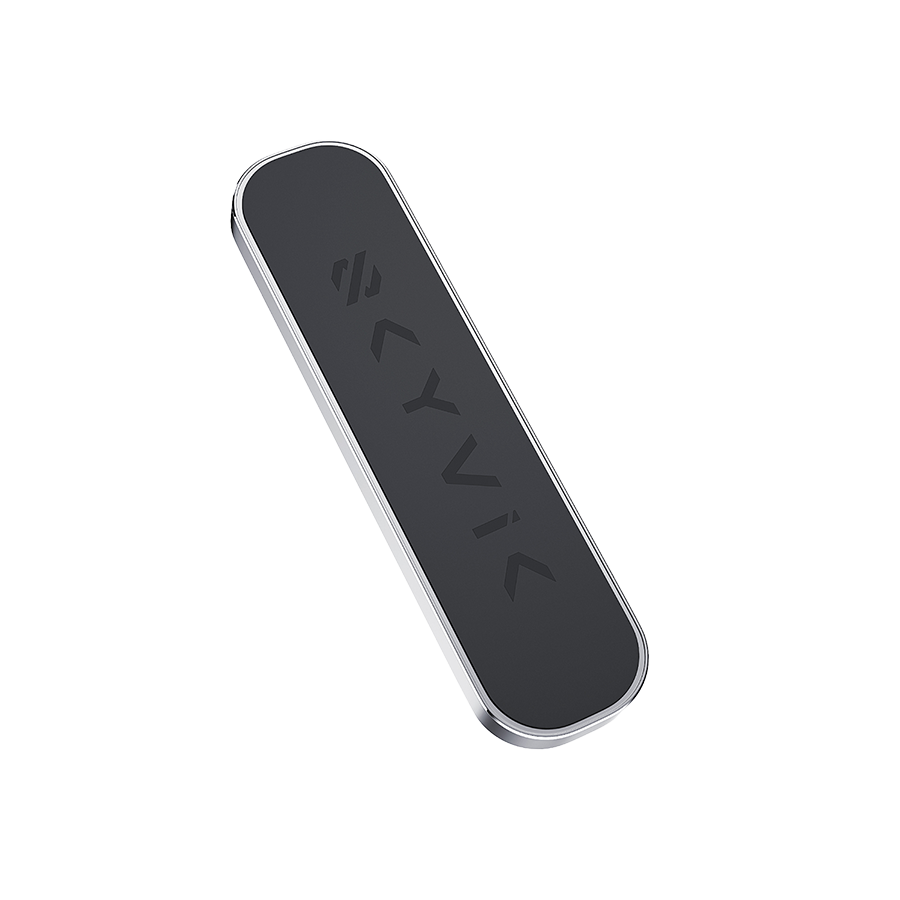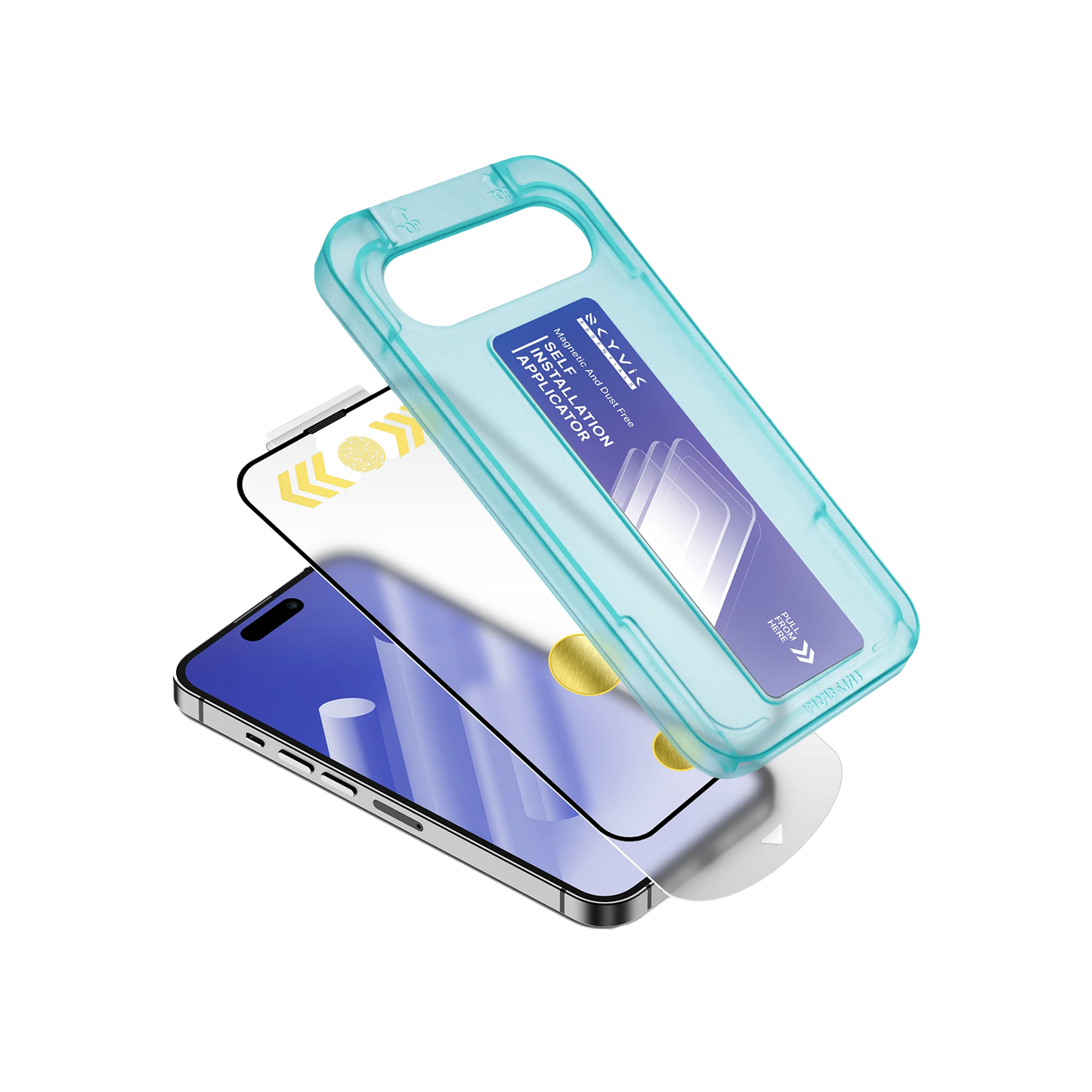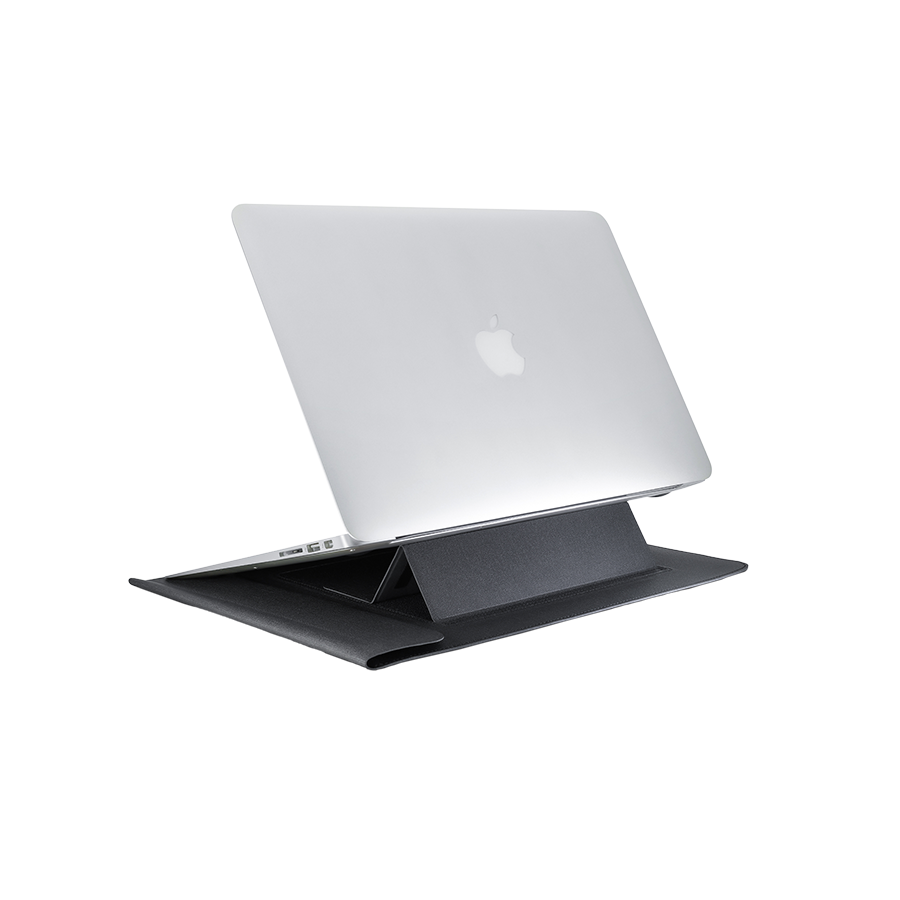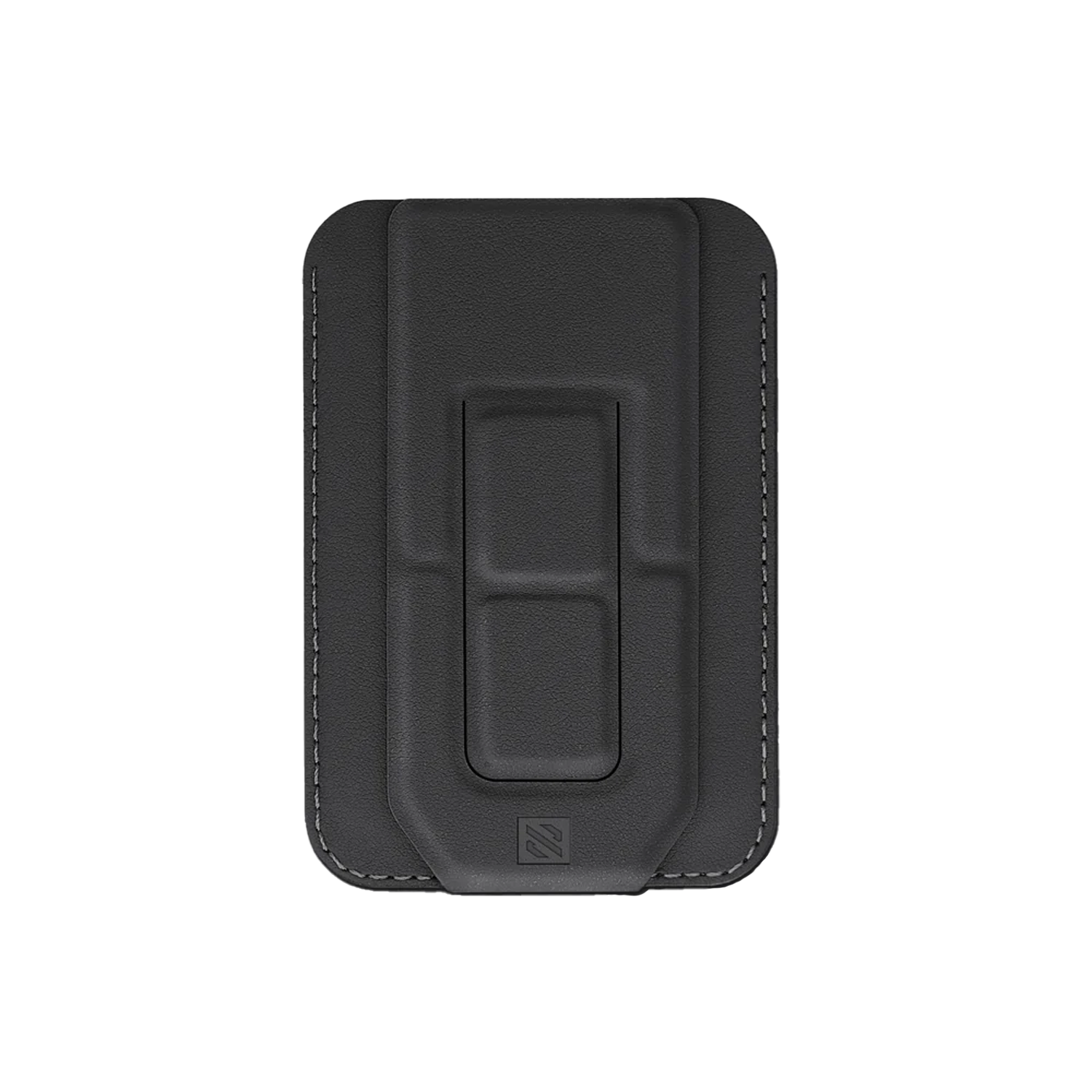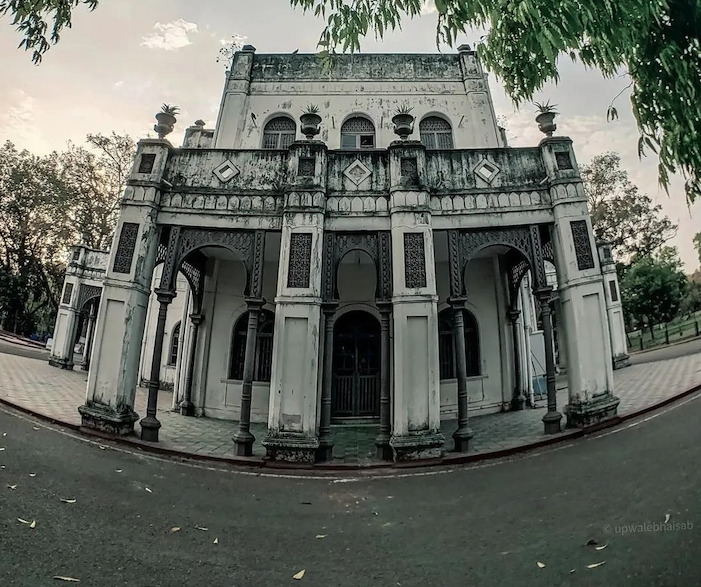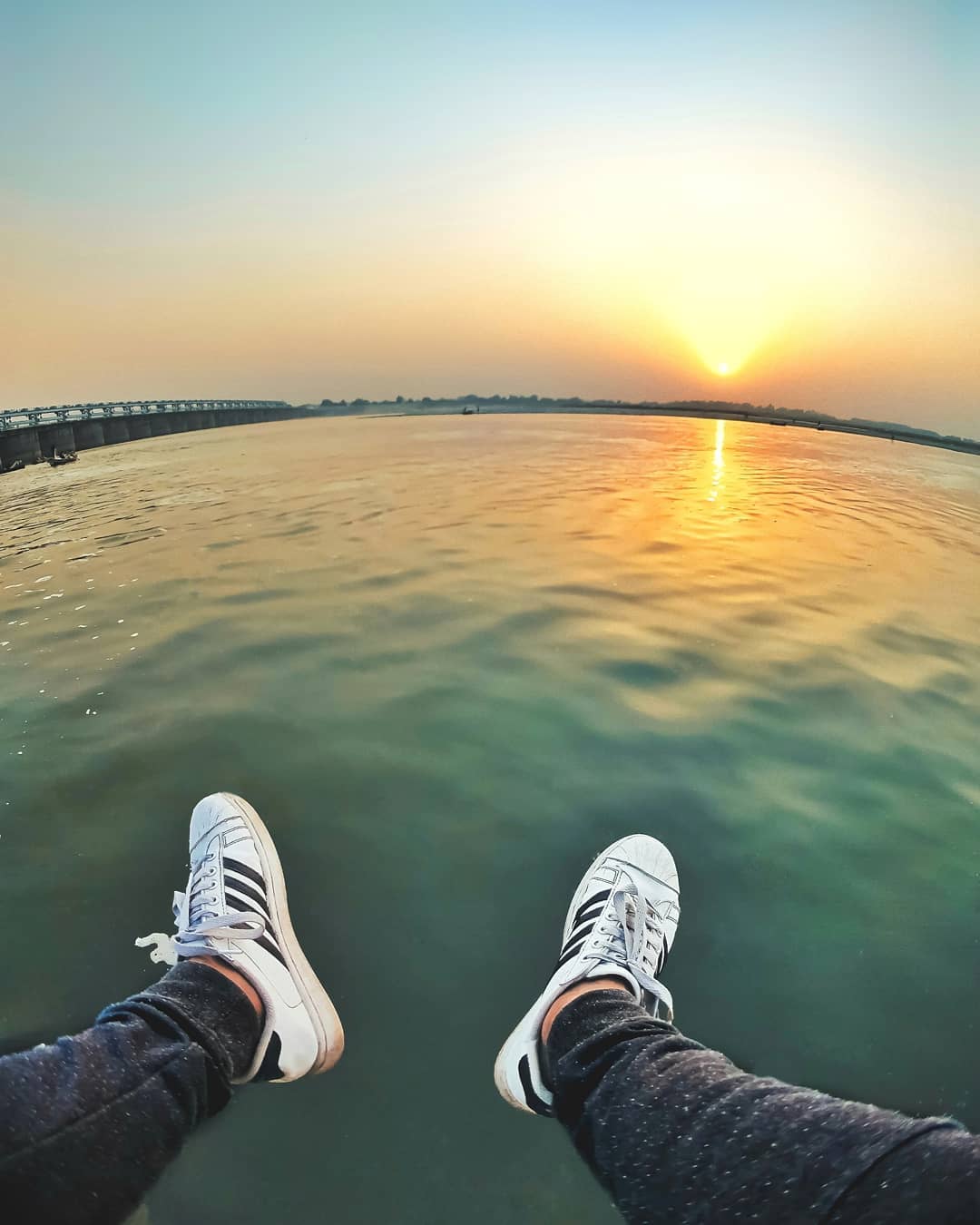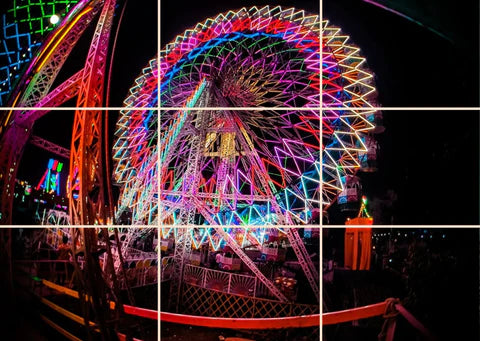MOBILE LENSES
Mobile Holders
Everyday Essentials
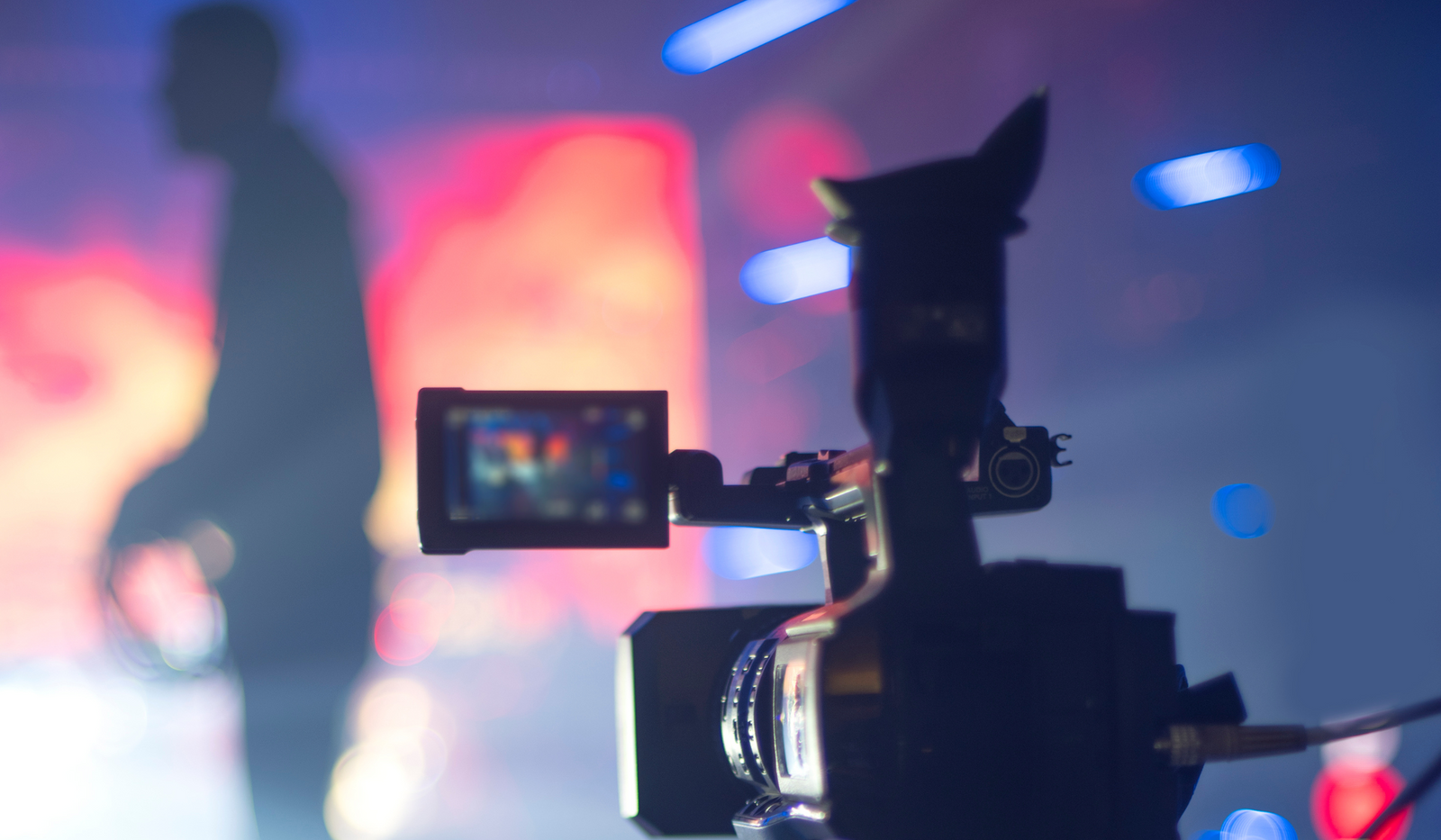
Capturing Moments: A Guide to Film Cameras for Beginners and Essential Accessories
3 min read
Capturing moments through the lens of a film camera is a timeless and rewarding experience. In this guide, we'll explore the world of film photography for beginners and highlight essential accessories to enhance your shooting capabilities. Film photography has a timeless appeal, offering a hands-on and artistic approach to capturing images.
Choosing a Film Camera
-
Types of Film Cameras:
- 35mm Cameras: Compact and versatile, 35mm cameras are a great starting point for beginners. They use standard 35mm film cartridges, providing a wide range of film options.
 - Medium Format Cameras: These cameras use larger film formats, resulting in higher image quality and detail. They are more advanced and often preferred by professional photographers.
- Medium Format Cameras: These cameras use larger film formats, resulting in higher image quality and detail. They are more advanced and often preferred by professional photographers. 
-
Manual vs. Automatic:
- Manual Cameras: Ideal for learning photography fundamentals, manual cameras allow you to control settings like aperture, shutter speed, and focus manually. - Automatic Cameras: Simplify the shooting process, letting the camera handle exposure settings. Great for those who want a more straightforward experience.
- Automatic Cameras: Simplify the shooting process, letting the camera handle exposure settings. Great for those who want a more straightforward experience.
-
Consider Vintage or Modern: Vintage film cameras can have a unique charm, but modern options often offer conveniences like built-in light meters and improved durability.
Essential Film Camera Accessories
-
Film: Choose the type and speed of film based on your preferences and shooting conditions. Common film speeds include ISO 100, 200, and 400.
-
Camera Bag: A dedicated camera bag protects your equipment and makes it easier to carry your camera, film, and accessories.

-
Lens Cleaning Kit: Keep your lenses free of dust and smudges with a lens cleaning kit that includes a brush, cleaning solution, and microfiber cloths.
-
Tripod: Essential for long exposures or shooting in low light conditions. Look for a sturdy and portable tripod that suits your camera.

-
Light Meter: For manual cameras, a handheld light meter helps measure light levels, assisting in setting accurate exposure.
-
Camera Strap: A comfortable and adjustable camera strap ensures you can carry your camera conveniently and securely.

-
Storage and Organization: Invest in film canisters or cases to keep your exposed and unexposed film organized and protected.
-
Notebook and Pen: Document your settings, film types, and shooting conditions for future reference and improvement.
-
Camera Manual: Always keep your camera's manual handy for reference on specific features and maintenance.
Shooting and Developing Film
-
Learn the Basics: Understand the exposure triangle (aperture, shutter speed, and ISO) and how they affect your images.
-
Choose Your Subjects: Experiment with different subjects and styles to discover your preferences and develop your unique photographic voice.

-
Film Developing: Explore local labs or learn to develop film at home for a hands-on experience. Basic darkroom equipment includes developer, fixer, and film reels.
-
Scanning and Printing: After developing, scan your negatives to digitize them or explore traditional printing methods for physical copies.
Continuous Learning
-
Online Resources and Communities: Join online forums, watch tutorials, and participate in photography communities to learn from experienced film photographers.
-
Experiment and Have Fun: Embrace the unpredictable nature of film photography. Experiment with different films, techniques, and shooting conditions to develop your style.
Film photography is a rewarding journey that encourages creativity and a deeper understanding of the photographic process. With the right camera and accessories, coupled with a willingness to learn, you'll discover the joy of capturing moments on film.
Understanding Film Types
 Selecting the right film is crucial for achieving the desired look in your photos. Experiment with different film types, such as color, black and white, or slide film, to understand their unique characteristics and how they affect the final result.
Selecting the right film is crucial for achieving the desired look in your photos. Experiment with different film types, such as color, black and white, or slide film, to understand their unique characteristics and how they affect the final result.
Camera Settings and Techniques
 Familiarize yourself with the basic settings of your film camera, including aperture, shutter speed, and ISO. Learn techniques like the rule of thirds, composition, framing, and leading lines to enhance the visual appeal of your photographs.
Familiarize yourself with the basic settings of your film camera, including aperture, shutter speed, and ISO. Learn techniques like the rule of thirds, composition, framing, and leading lines to enhance the visual appeal of your photographs.
Mobile Camera Lenses for Phone Photography
 For those seeking an affordable alternative to expensive cameras, Skyvik offers high-quality mobile camera lenses. These lenses easily attach to your smartphone, providing a range of creative options, including wide-angle, macro, and fisheye lenses. Enhance your phone photography with professional results without breaking the bank.
For those seeking an affordable alternative to expensive cameras, Skyvik offers high-quality mobile camera lenses. These lenses easily attach to your smartphone, providing a range of creative options, including wide-angle, macro, and fisheye lenses. Enhance your phone photography with professional results without breaking the bank.
Developing and Scanning Film
Once you've captured your shots, the next step is developing and scanning your film. You can choose to develop at home or use professional services. Scanning your film allows you to digitize your photos for easy sharing and printing.
Joining the Film Photography Community
 Connect with fellow film enthusiasts by joining online forums, local photography clubs, or attending workshops. Share your experiences, learn from others, and find inspiration to fuel your passion for film photography.
Connect with fellow film enthusiasts by joining online forums, local photography clubs, or attending workshops. Share your experiences, learn from others, and find inspiration to fuel your passion for film photography.
Conclusion
Embark on your film photography journey with confidence, armed with the knowledge of choosing the right camera, mastering essential techniques, and utilizing accessories to enhance your skills. For budget-conscious photographers, Skyvik mobile camera lenses offer a fantastic option to elevate your phone photography to new heights. Capture moments that stand the test of time and create a lasting legacy through the art of film photography.

